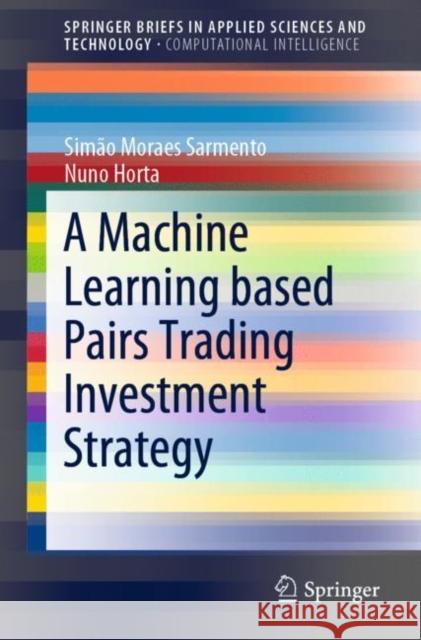A Machine Learning Based Pairs Trading Investment Strategy » książka
topmenu
A Machine Learning Based Pairs Trading Investment Strategy
ISBN-13: 9783030472504 / Angielski / Miękka / 2020 / 104 str.
Kategorie:
Kategorie BISAC:
Wydawca:
Springer
Język:
Angielski
ISBN-13:
9783030472504
Rok wydania:
2020
Wydanie:
2021
Ilość stron:
104
Waga:
0.17 kg
Wymiary:
23.39 x 15.6 x 0.61
Oprawa:
Miękka
Wolumenów:
01
Dodatkowe informacje:
Wydanie ilustrowane












